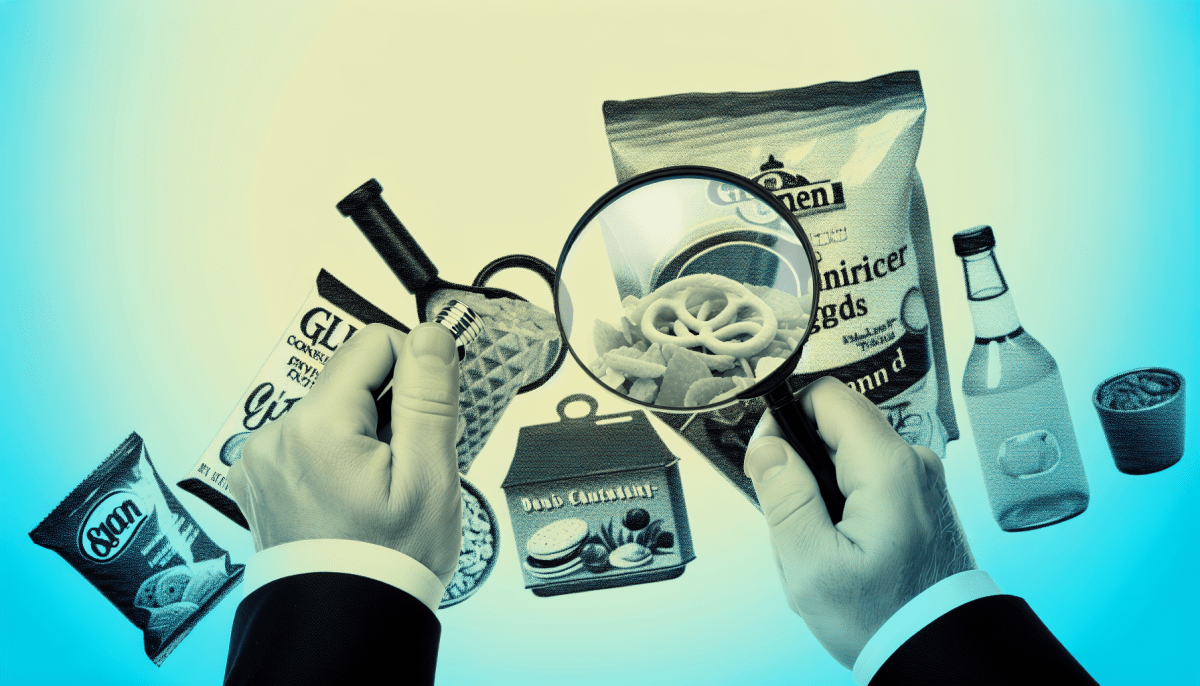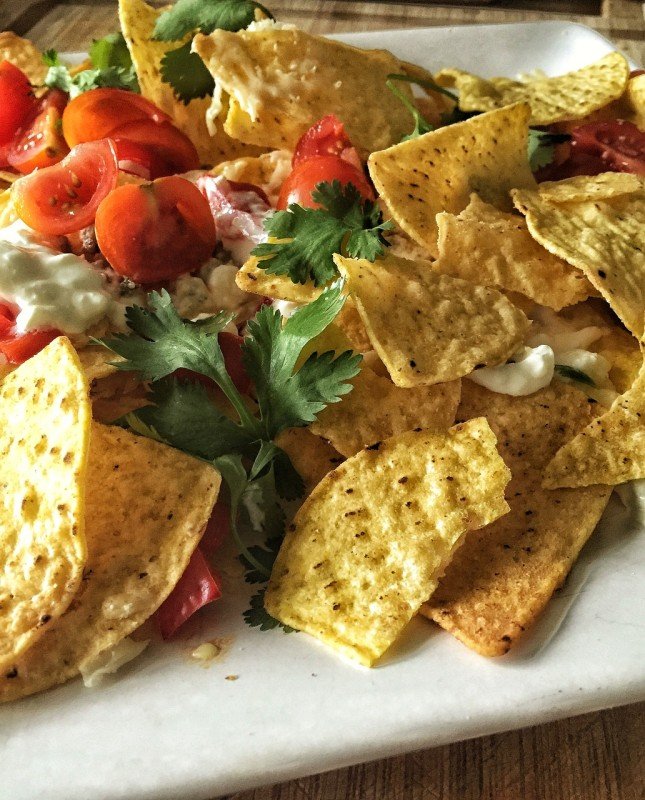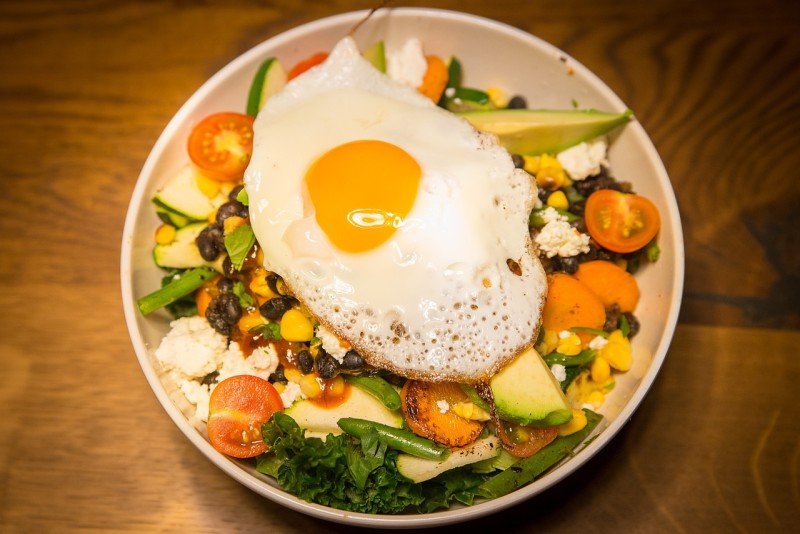Hidden gluten is something that many people may not be aware of. It can sneak its way into a lot of processed foods, even ones you'd least expect. Gluten is a protein found in wheat, barley, and rye, and it's often added to products for texture and flavor. So, what’s the deal with hidden gluten?
First off, it’s essential to know that gluten isn’t just in bread and pasta. It can be lurking in sauces, dressings, canned soups, and even some snacks. Ingredients like malt flavoring or modified food starch might contain gluten, so it's crucial to read labels carefully. If you’re on a gluten-free diet or have gluten sensitivity, these hidden sources can pose a problem.
Another thing to watch out for is cross-contamination. Sometimes, gluten-free products can come into contact with gluten-containing items during production. This means that even if a package says it’s gluten-free, there might be a chance it contains traces of gluten. It’s a good idea to look for brands that specifically test for gluten to ensure their products are safe.
When shopping, consider looking for certified gluten-free labels. These products go through rigorous testing and are safer options for those avoiding gluten. Being informed and vigilant can make a big difference in your health and well-being, allowing you to enjoy your favorite foods without worry.
Common Sources of Hidden Gluten
When you're navigating a gluten-free lifestyle, it’s surprising to find out just where gluten can sneak into your food. Many people assume it's just in obvious sources like bread and pasta, but there are hidden gluten culprits lurking in processed foods too. Let’s shine a light on a few common sources to watch out for.
1. Sauces and Condiments
Many sauces, especially soy sauce, can contain gluten. Even some salad dressings and marinades might be made with gluten-containing ingredients. Always check the labels or opt for gluten-free verified brands.
2. Snacks and Sweets
You might be surprised to find that your favorite snacks—like certain chips, pretzels, and cookies—often use wheat as an ingredient. Even seemingly harmless snacks can have hidden gluten, so read the packaging before diving in.
3. Processed Meats
Some deli meats and sausages use gluten as a filler or to help bind ingredients together. This can make things tricky when you're trying to grab a quick bite. It’s best to look for brands that specify gluten-free options.
4. Dairy Products
Watch out for flavored yogurts or cheeses! Some dairy products might have added stabilizers or flavorings that contain gluten. Stick to plain versions when you can, and check for allergen info on the label.
How to Read Food Labels
Reading food labels can seem tricky at first, but it’s a super helpful skill, especially when you’re on the hunt for hidden gluten in processed foods. Here’s a friendly guide to help you navigate those labels like a pro!
First things first, always start with the ingredients list. This is where you’ll find the nitty-gritty details. Look for any mention of wheat, barley, rye, or malt. These are big red flags for gluten. Some sneaky sources include things like soy sauce or even certain flavorings, so don’t skip over those! If you see any ingredient you’re unsure about, give it a little Google search to see if it might contain gluten.
Next, check the allergen statements. This section usually appears in bold and will tell you if the product contains any major allergens, including wheat. Some labels might also say “may contain” or “produced in a facility that processes wheat.” This is also important. If you have celiac disease or severe gluten sensitivity, you might want to steer clear of these items.
Lastly, don’t just look for the word “gluten-free” on the front of the package. Just because something claims to be gluten-free doesn’t mean it’s safe. Always flip that box or bag over and confirm it with the ingredients and allergen info. It's worth it for your peace of mind!
Tips for Avoiding Hidden Gluten
When you're navigating the world of processed foods, it’s super important to keep an eye out for hidden gluten. It can be sneaky and sometimes pop up in places you wouldn’t expect. Here are some handy tips to help you avoid it!
First, always check the ingredient list. Look out for words like "wheat," "barley," and "rye" since those are the main gluten sources. But don’t stop there! Some products use terms like “hydrolyzed wheat protein” or “maltodextrin” that can also contain gluten. If you’re unsure, it’s better to skip it.
Next, consider cross-contamination. Even gluten-free items can get contaminated if they’re processed in the same facility as gluten-containing foods. Look for products that are labeled gluten-free and certified by organizations that test for gluten levels. This gives extra peace of mind.
Don’t forget to familiarize yourself with gluten-free alternatives. There are tons of options out there, like rice, quinoa, and corn that make great substitutes. Plus, many brands are stepping up their game and offering gluten-free versions of your favorite treats!
Lastly, if you’re trying a new product, don’t hesitate to contact the company. A quick email or call can clarify whether their food is truly gluten-free or if there’s a chance of hidden gluten lurking inside. The more informed you are, the better you can keep gluten at bay!



